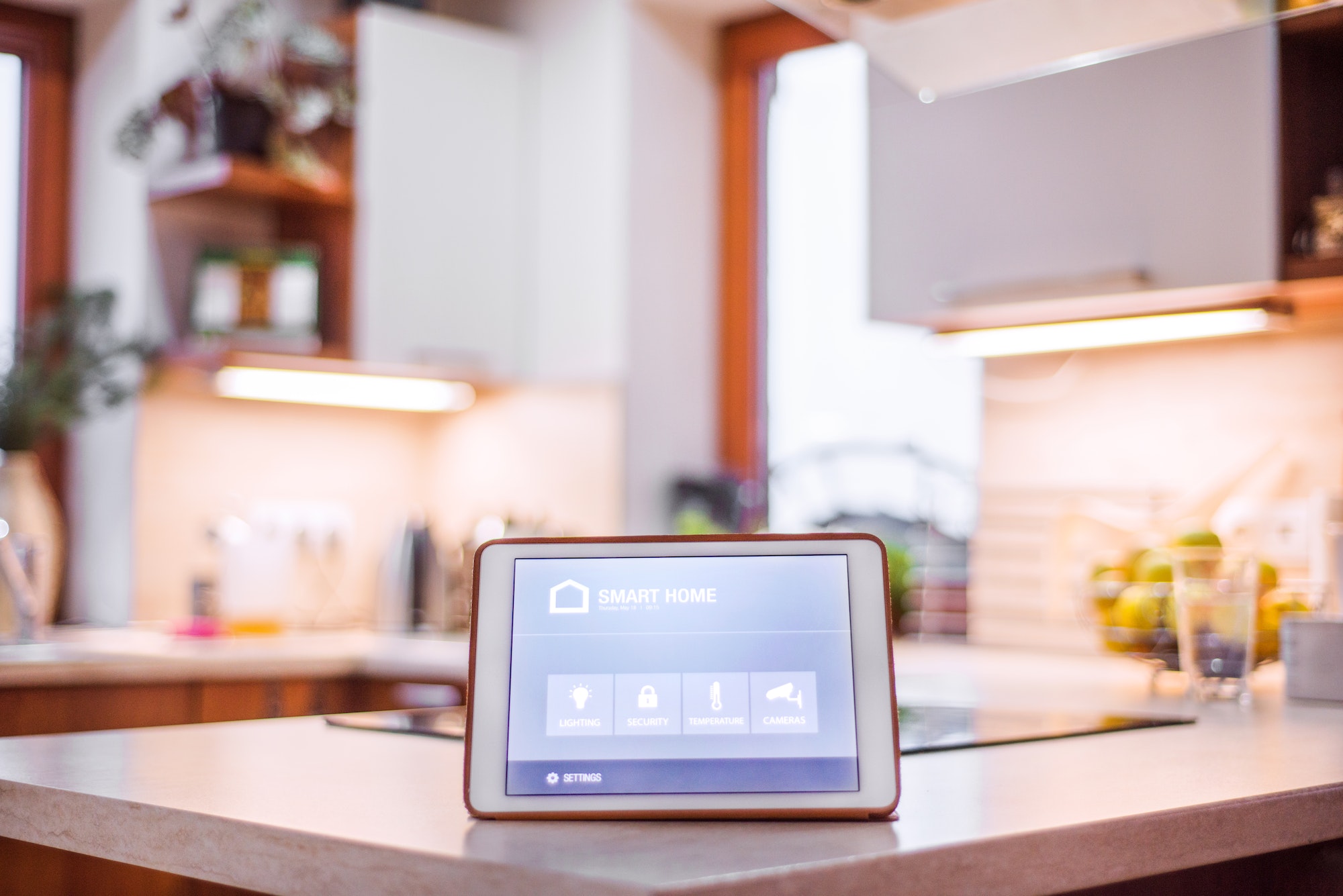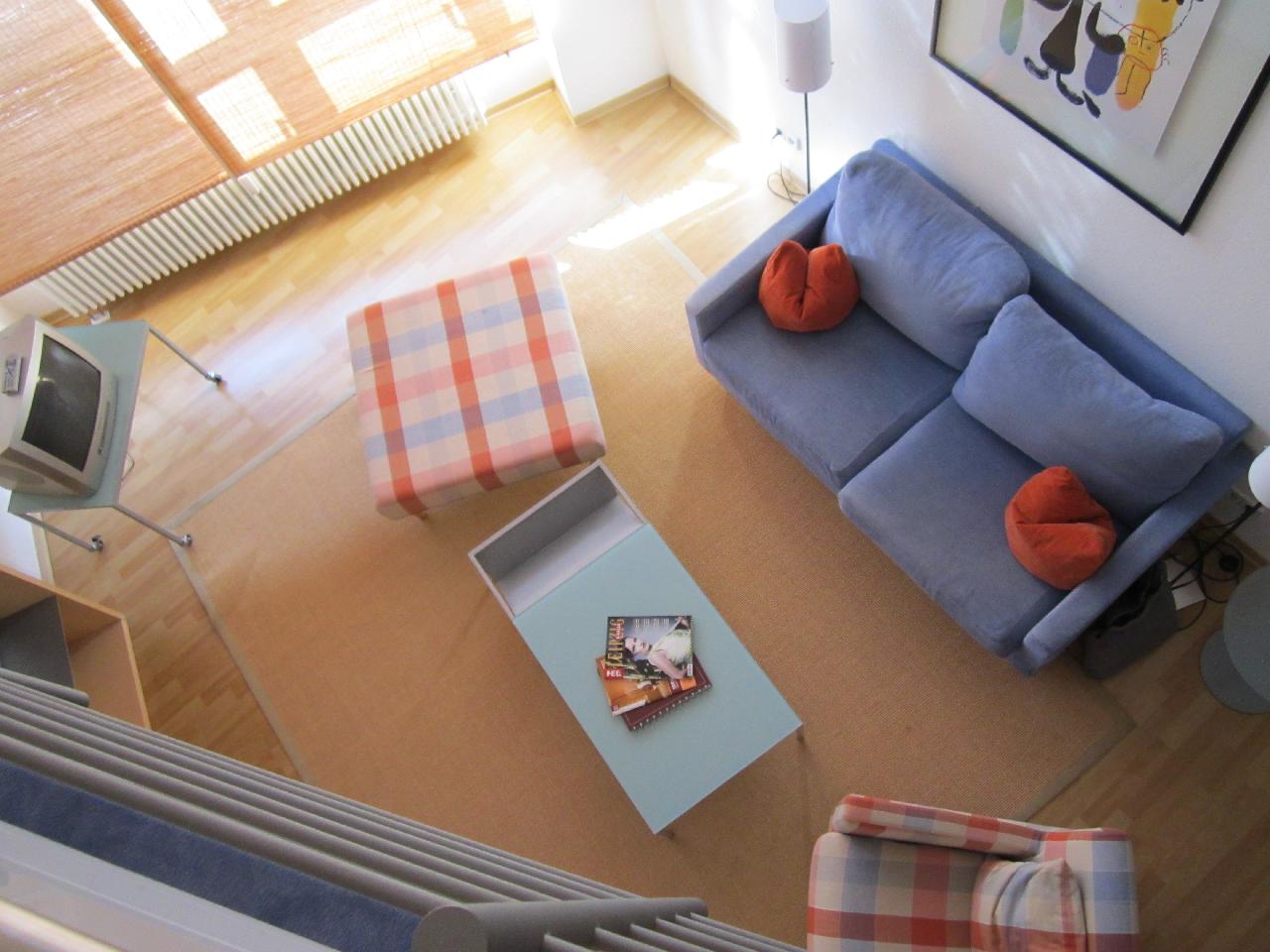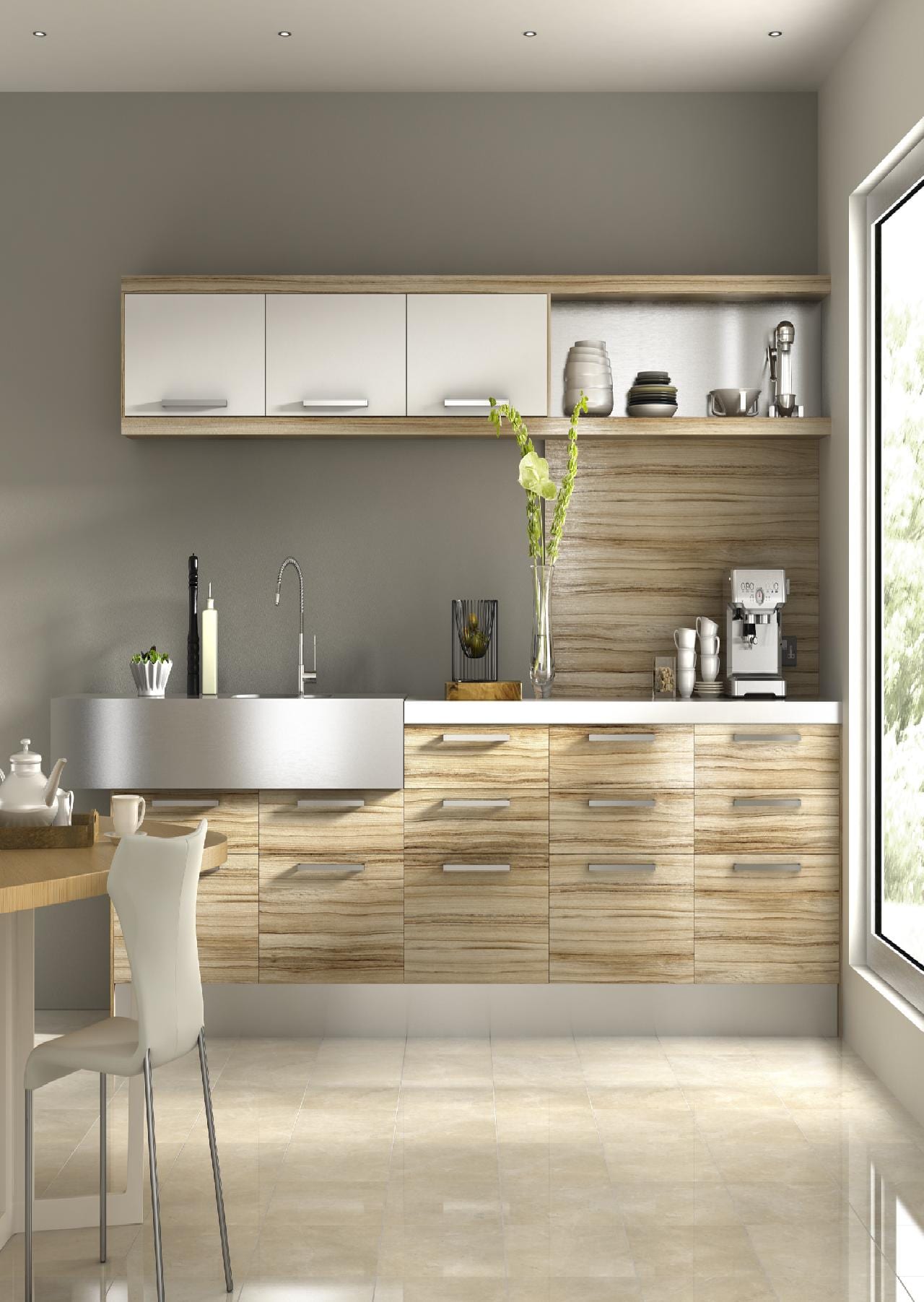Constructing or renovating your home is expensive, stressful, and overwhelming. That said, you shouldn’t go through this experience only to realize that your renovations can’t cope with present-day requirements. Preparing your home for the next decades requires that you keep tabs on technological advancements and sustainability.
For developers, homeowners, and fixer-uppers like webuyhouses4cash.com, the irreversible revolution means they should remodel or regret it later. Those who ignore minor upgrades and replacements will fall behind the value curve. Homebuyers in the future will prefer homes with updated designs, interesting layouts, and ageless appeals. Below are a few tips for future-proofing your home.
1. Make Your Home Smarter
Smart home technology is undoubtedly the biggest trend in home renovation that has been prioritized by more than 19% of homeowners working on renovation projects. Homeowners can control lighting, security doors and locks, home surveillance systems, appliances, and heating from their smartphones.
Large upgrades often require extensive redesign work, such as hardwiring, making it best to install them during renovations. With the many options for making your home smart available, below are a few ways to get started:
- Smart lighting – Installing smart lights is an excellent way to add style and convenience to your home. Ditching the conventional incandescent lights for smart bulbs also saves on energy bills.
- Smart thermostats – Your future-proof renovation project won’t be complete without a smart thermostat. Smart thermostats automatically adjust indoor temperatures, which improves your home’s comfort and saves on energy. They also monitor humidity levels, improving indoor air quality.
Other worthwhile smart home installations include smart security systems, garage doors, water heaters, speakers, and automated blinds.
2. Make Energy-efficient Improvements
Your future-proof home renovation project should also focus on making energy-efficient improvements. While replacing outdated household appliances with energy-efficient models might be costly upfront, they are cost-effective in the long term. Apart from monthly savings on energy bills, new appliances are longer-lasting. Energy-efficient improvements to consider include:
- Upgrade to energy-efficient appliances – A future-proof renovation won’t be complete without modern household appliances. The key is ensuring that your new appliances are energy-star rated.
- Improve your insulation – A big percentage of your household energy bill comes from heating and cooling needs. More than a third of heat loss from uninsulated homes is lost through the walls. You can save on these costs by insulating your floor, walls, and roof during renovation.
- Invest in heating controls – You can also reduce your energy costs by taking control of your heating. More than half of household energy bills are spent on hot water heating. You can reduce this by ensuring that heating occurs only when necessary. An effective heating control should have a timer, room thermostat, and thermostatic radiator valves.
- Install renewable energy – Another way of future-proofing your home, especially from increasing energy costs, is generating your electricity at home. Installing solar panels or wind turbines saves energy bills and reduces reliance on fossil fuels.
3. Make Your Home Eco-friendly
Your future-proof renovation project should also feature sustainability. You should focus on green or eco-friendly renovations instead of traditional practices, right from choosing your flooring options to household appliances. Making your home eco-friendly is cost-saving, promotes healthy living, and preserves the environment. You can make your home eco-friendly in the following ways:
- Buy reclaimed furniture – Buying second-hand furniture is a sustainable way to shop for your recently renovated home. Similarly, using salvaged wood to build kitchen cabinets and flooring reduces the amount of landfill waste and prevents logging.
- Install water-saving taps – Swapping traditional taps for water-saving taps and showers significantly reduce water wastage. If replacing the entire sanitary ware proves costly, consider aerating taps, which combine air and water to reduce the water used.
- Use eco-friendly paint – Not all paints are manufactured equally. Some brands manufacture eco-friendly paints with very low or no volatile organic compounds. If you prefer wallpapers, use wallpapers from companies that are Forest Stewardship Council certified.
- Install a green roof – Installing a green roof is another attractive way of living sustainably. Green roofs improve air quality, promote rainwater runoff, and prevent flooding. Adding greenery to your roof also prolongs your roof’s lifespan.
- Install a heat pump – Though expensive, heat pumps are a low-carbon option for central gas heating. Millennials, who make up the majority of current homebuyers, prefer homes with heat pumps, as they save on maintenance costs. Besides, the government currently offers grants to encourage builders and homeowners to invest in these heating systems.
Endnote
While predicting the future is impossible, the high chances are most things will be reliant on the current lifestyle. For instance, advancing technology is becoming an important part of living. Sustainability and green living cannot be ignored as well. Consider these issues as you redesign and renovate your home for future living.
Discover more from Futurist Architecture
Subscribe to get the latest posts sent to your email.




